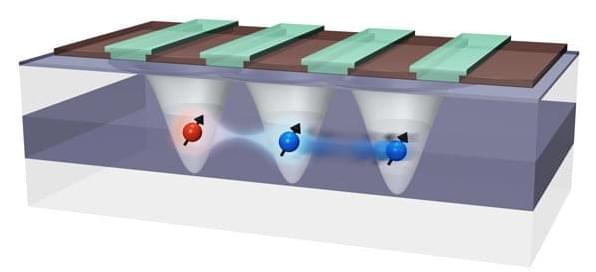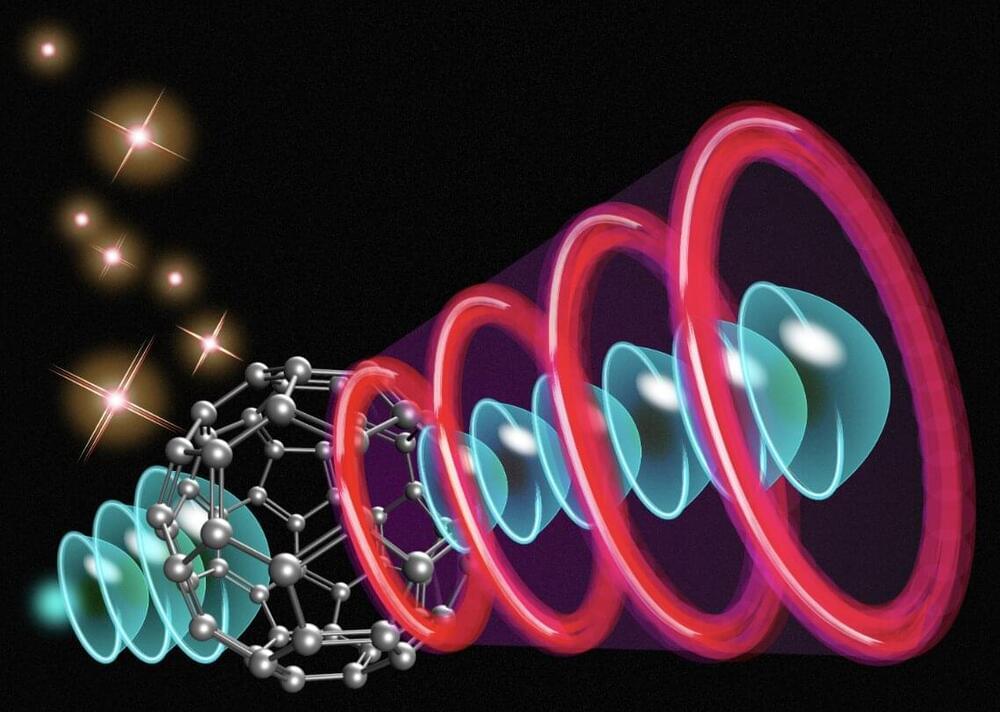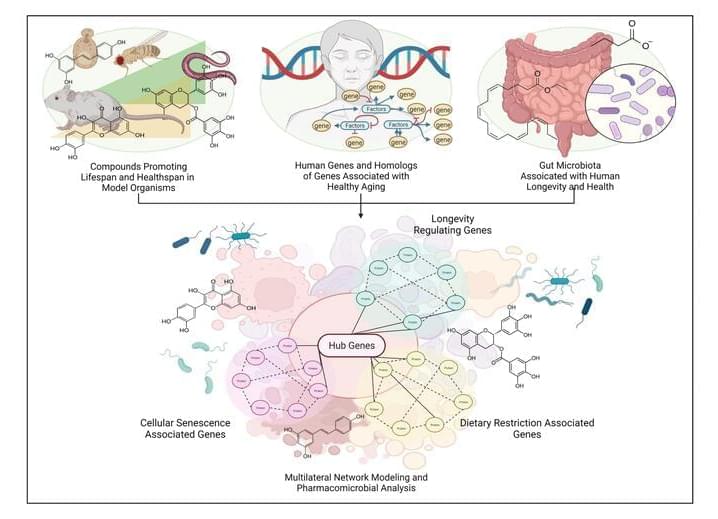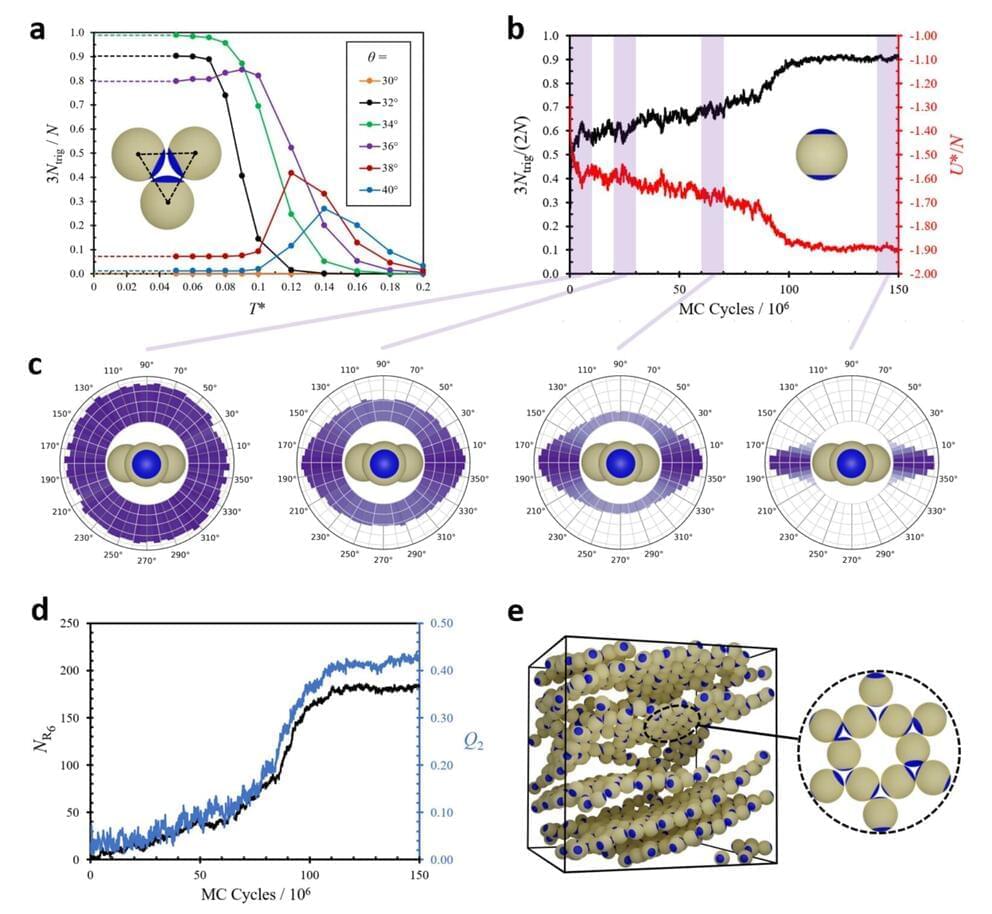In a demonstration that promises to help scale up quantum computers based on tiny dots of silicon, RIKEN physicists have succeeded in connecting two qubits—the basic unit for quantum information—that are physically distant from one another.
Many big IT players—including the likes of IBM, Google and Microsoft—are racing to develop quantum computers, some of which have already demonstrated the ability to greatly outperform conventional computers for certain types of calculations. But one of the greatest challenges to developing commercially viable quantum computers is the ability to scale them up from a hundred or so qubits to millions of qubits.
In terms of technologies, one of the front-runners to achieve large-scale quantum computing is silicon quantum dots that are a few tens of nanometers in diameter. A key advantage is that they can be fabricated using existing silicon fabrication technology. But one hurdle is that, while it is straightforward to connect two quantum dots that are next to each other, it has proved difficult to link quantum dots that are far from each other.








